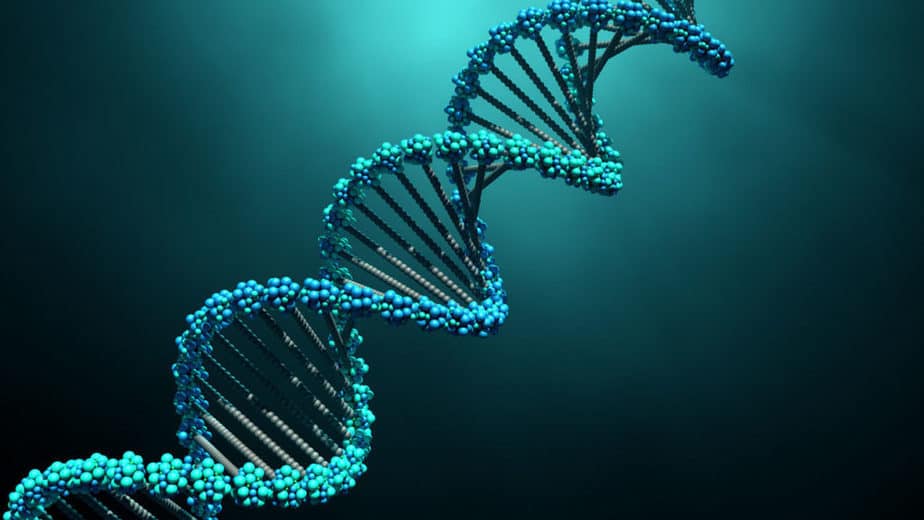According to a multidisciplinary team of researchers from Indiana University, the movement of chromatin, the material from which DNA is made, can help with the effective repair of DNA damage in the human nucleus. This finding might help with cancer therapy and early detection.
The National Academy of Sciences’ Proceedings just just released the findings. The majority of DNA damage that occurs naturally in the human body can be repaired by the cell. However, a poor repair job could result in cancer.
“The DNA in the nucleus is dynamic and always in motion. The movement of chromatin, its high-order complex, directly affects DNA repair, “said Jing Liu, an assistant physics professor in IUPUI’s School of Science. “Previous studies on yeast have demonstrated that DNA damage encourages chromatin motion, and that chromatin’s high mobility also improves DNA repair. However, this interaction is more nuanced in human cells.”
Liu and his coworkers discovered that chromatin moves significantly more quickly at the location of DNA damage than it does elsewhere. Additionally, they discovered that the chromatin in cell nuclei does not move arbitrarily. The DNA is travelling in a coordinated manner over a small distance.
Additionally, the researchers discovered evidence suggesting that DNA damage may impair DNA group movement by decreasing coherence. These results suggest that when DNA is broken, chromatin mobility is tightly controlled. According to Liu, doing so will increase the precision and effectiveness of DNA repair as well as protect the damaged DNA from potentially hazardous interaction.
According to Liu’s research, chromatin mobility plays a crucial part in DNA damage response and DNA repair. The mechanism of DNA repair in human cells and the beginning of cancer in humans may be better understood as a result of these results. Practically speaking, we can apply these data as the measures for the pharmacological response of numerous cancer-treating medications.
To discover if the chromatin mobility can be altered to improve DNA repair, several medications can be tested.
Liu and his colleagues had to create the computational tools required for processing enormous volumes of data in order to carry out this research. Liu and his team established the Scalable Data Archive of highly dynamic cell pictures, which centralises data storage, data transfer, and data processing, with University Information Technology Services at Indiana University. In some cases, the data volumes were as large as a terabyte.
The researchers intend to investigate single DNA molecules in the future, including their motion as well as how DNA damage affects individual and group dynamics.
Additionally, they are interested in finding out more about DNA mobility in certain genes that are known to be particularly susceptible to DNA damage.





